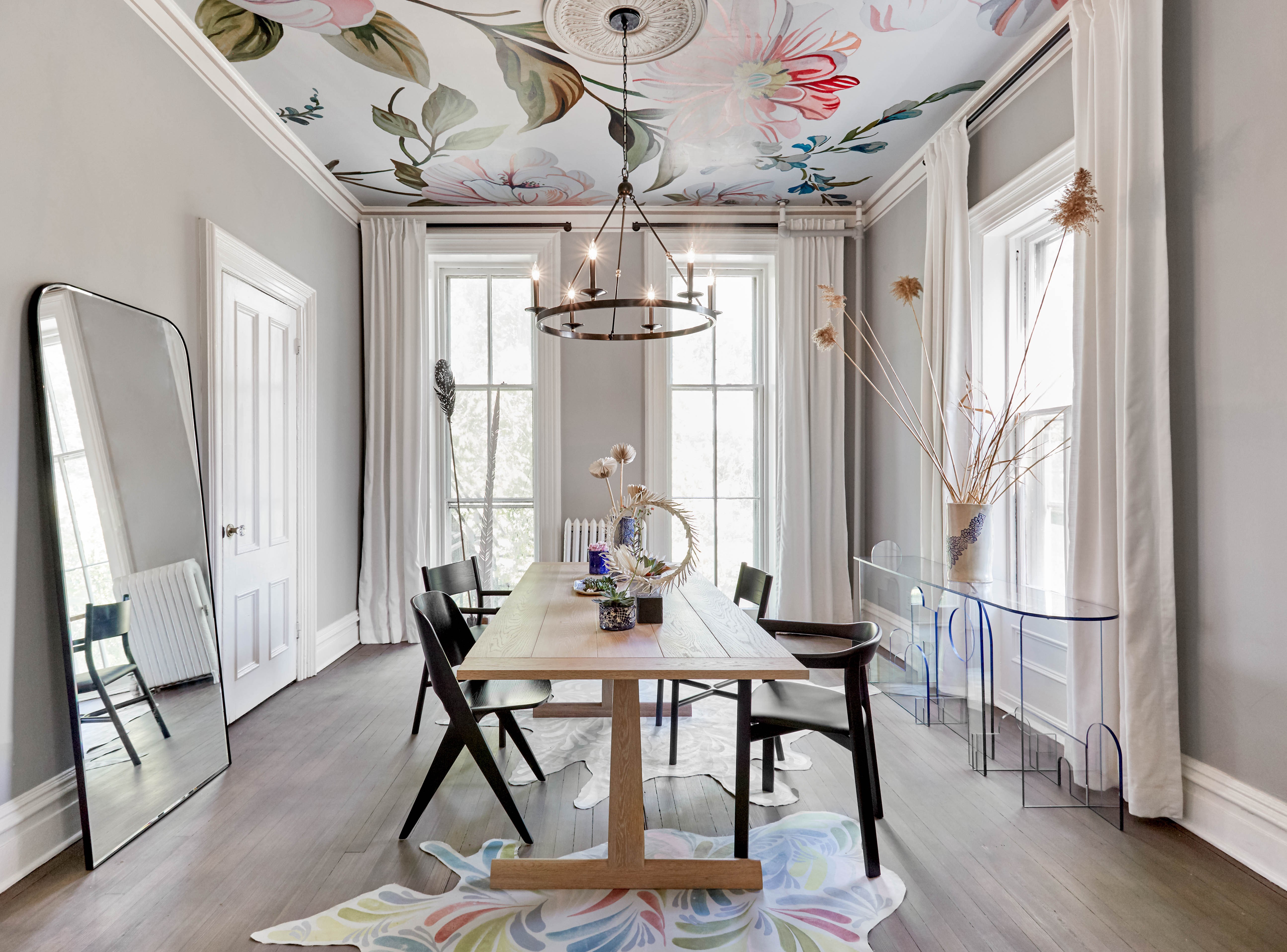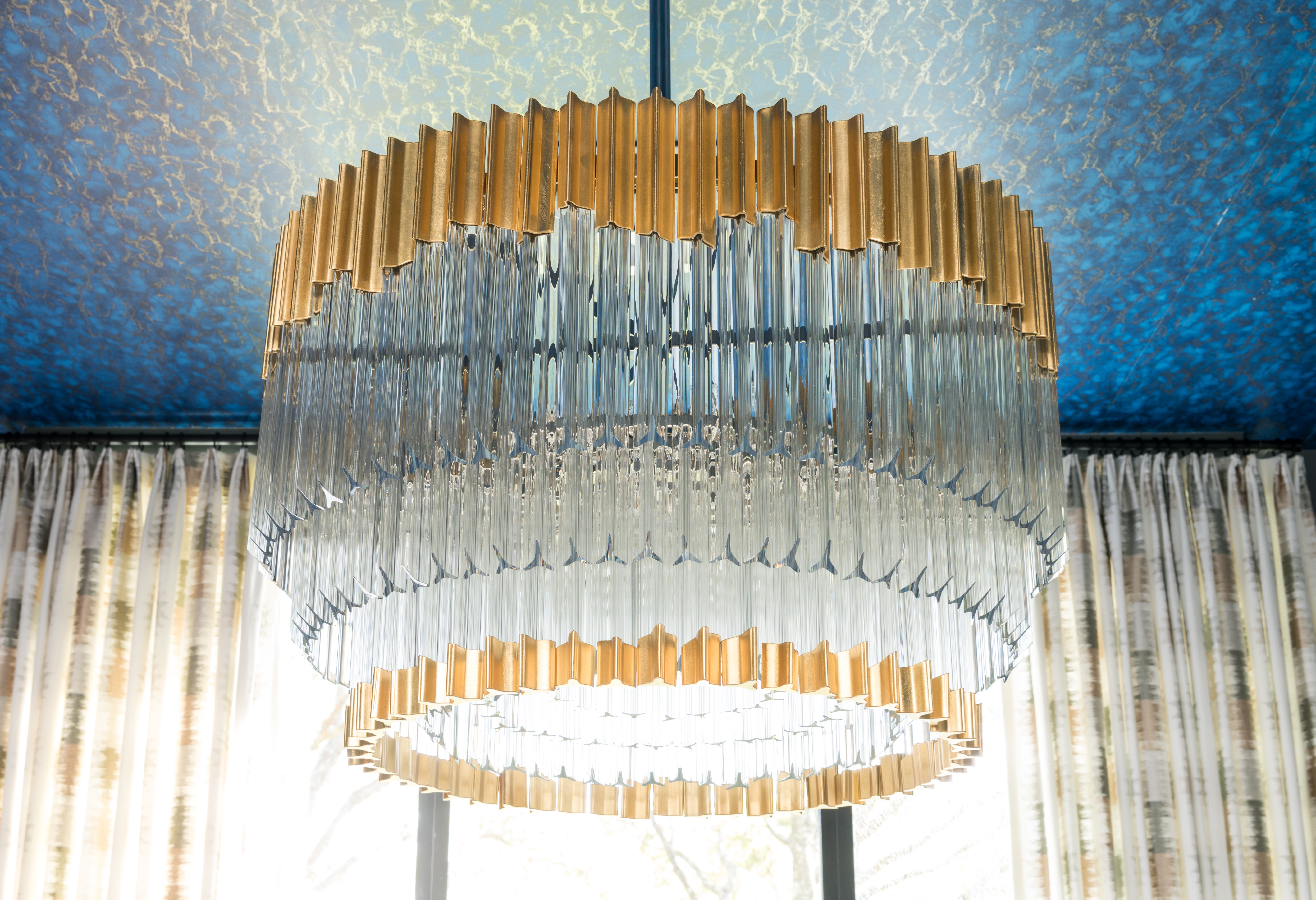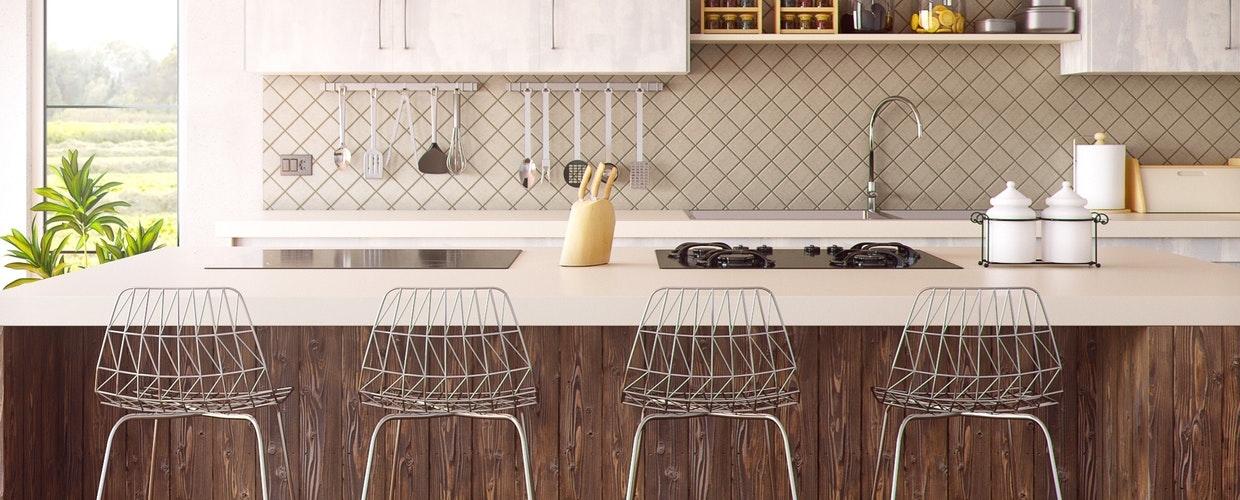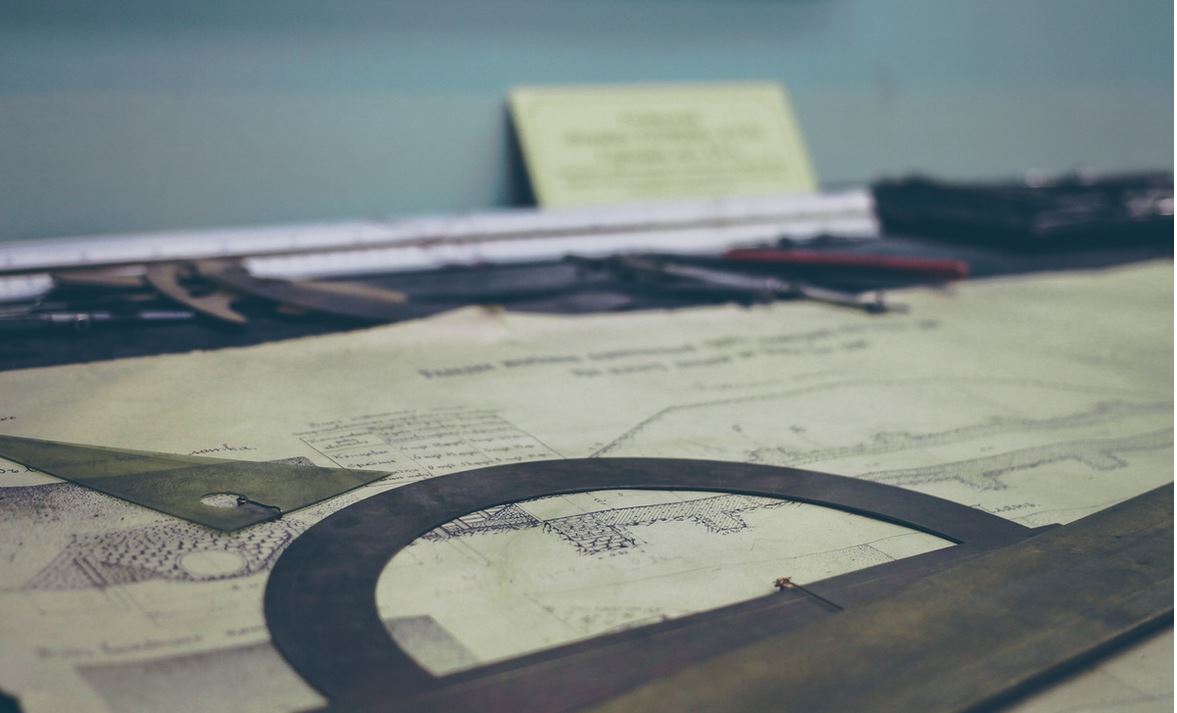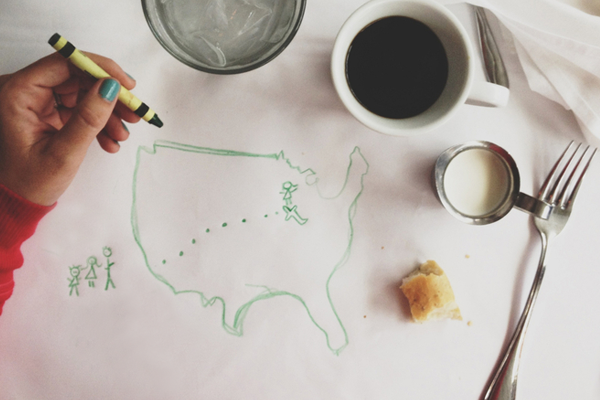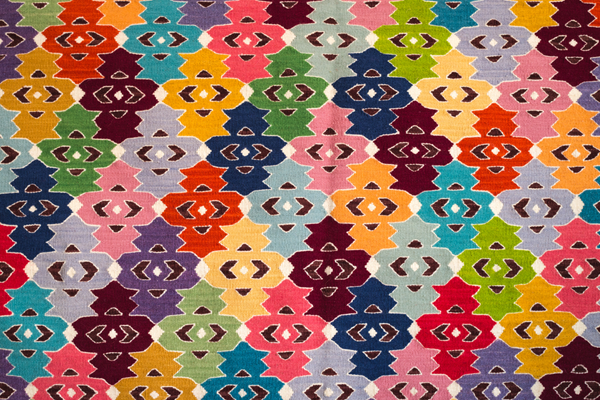With the globalization of the modern era, the Western world is seeing an influx of Eastern--and in particular, Japanese--culture. Through exposure to iconic Eastern imagery, Japanese art, cuisine and interior design are becoming part of America's aesthetic and intellectual palette. Through this "cultural transmission," even lighting design is showing traces of Eastern influence.
You don't have to look far to see Eastern influence in everyday America. You're doubtlessly familiar with Katsushika Hokusai's The Great Wave off Kanagawa, one of the most venerated Japanese art pieces of all time, which makes rounds at New York's Metropolitan Museum of Art (The Met) and Los Angeles County's Museum of Art (LACMA). What's more, you're probably accustomed to trademark eats of the east, including sushi, rice and fish dishes and--more recently popular--mochi ice cream. Like iconic works of art and well-liked desserts, elements of Japanese interior design are gaining repute in the West. In this, modern floor plans and lighting designs are seeing a spike in the appearance of Japanese interior trademarks: natural elements, pared-down furnishings and a focus on flow.

Natural Elements
While cherry blossoms and bonsai trees might immediately come to mind as quintessential flora, Eastern design does more than play off of these common plants. It brings the outdoors in by focusing on rich natural textures. Through the use of wood floors, screens and wall paneling, organic materials are incorporated into the foundation of a floor plan--they comprise surfaces and dividers. What's more, through the use of large-scale windows and openings, homeowners and guests are able to experience nature in close proximity. In this, the natural world is instituted as the focus of the floorplan.
Pared-Down Furnishings
Minimalistic furnishings further embody the principle of simplicity that guides Japanese interior design. Chairs, tables and couches are deliberately streamlined and uncomplicated. They often emulate organic forms with soft curves and purposefully imperfect components, often which follow the course of the natural materials they are comprised of. Without "fussy" adornments or unnecessarily complex details, these furnishings underscore functionality and usability.
A Focus on Flow
An additional defining feature of Japanese interior design is the thoughtful use of space. Furnishings, accent pieces, rugs and plants are arranged as to allow for the uninhibited movement of the inhabitants and guests of the home. Without clutter or tightly positioned elements of the home, it is possible to conduct activities--whether eating, attending to friends or loved ones or relaxing--without constraint.
Aware of the simple beauty underpinning Japanese art and design, Troy Lighting has crafted two stunning Eastern inspired pendants: Tsuki and Kokoro.
Tsuki (shown in the header image) features handworked iron woven into a basket-like patterned and formed into a globe. The meticulously handcrafted sphere, finished in a Kokoro bronze, encloses a tightly arranged candelabra center, which appears to float effortlessly therein. Optional LED lamping, designed with early electric bulbs in mind, complete the eclectic pendant.
Kokoro (shown above) blends the exotic feel of Eastern influence with traditional lighting characteristics, creating a truly unique experience in illumination. Made of handworked iron – so painstakingly detailed that it’s basket-weave texture challenges the expectations of a rigid metal material. Kokoro’s tiered-shaped is finished in bronze and the internal candelabra lighting cluster is finished in polished brass, adding to the illusion even further.

Light: Troy Lighting, Kokoro
Greenhouse: Goop, Growhouse
Chair: CB2, Kaishi Chair
Light: CB2, Shoji Hurricane Lantern
For more, experience Troy Lighting's full selection of lighting design.



